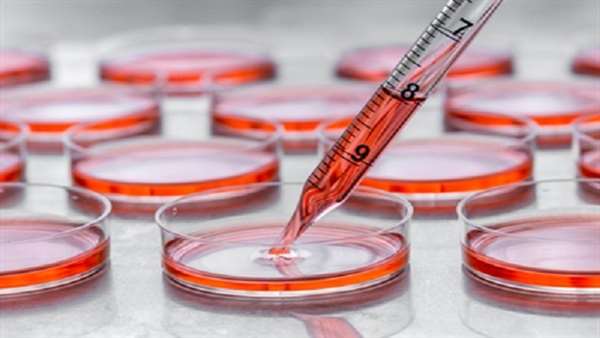Effects of spaceflight on heart cell formation from stem cells
Researchers used time-lapse imaging to show that mouse induced pluripotent stem cells (iPSCs) grown during spaceflight differentiated into cardiomyocytes significantly faster than similar cells grown at Earths gravity. The robust cardiomyocyte formation at microgravity, which lasted for 10 days, is described in an article published in Stem Cells and Development.
Researchers used time-lapse imaging to show that mouse induced pluripotent stem cells (iPSCs) grown during spaceflight differentiated into cardiomyocytes significantly faster than similar cells grown at Earth"s gravity. The robust cardiomyocyte formation at microgravity, which lasted for 10 days, is described in an article published in Stem Cells and Development.
Jin Zhou and Changyong Wang, Academy of Military Medical Sciences (Beijing, China), Jie Na, Tsinghua University (Beijing), and a team of Chinese researchers from these institutions and Chinese Academy of Sciences (Shanghai), coauthored the article entitled "Real Microgravity Promotes Myocardial Differentiation of Induced Pluripotent Stem Cells: Results from Tianzhou-1 Space Mission."
"Good ideas are two-a-penny, but data are gold. As we move to embrace the potential of space for regenerative medicine, as well as make our preparations for manned space travel, all relevant valuable data deserve careful consideration," says Editor-in-Chief Graham C. Parker, Ph.D., The Carman and Ann Adams Department of Pediatrics, Wayne State University School of Medicine, Detroit, MI.
Reference:https://www.liebertpub.com/doi/10.1089/scd.2018.0240





ارسال به دوستان